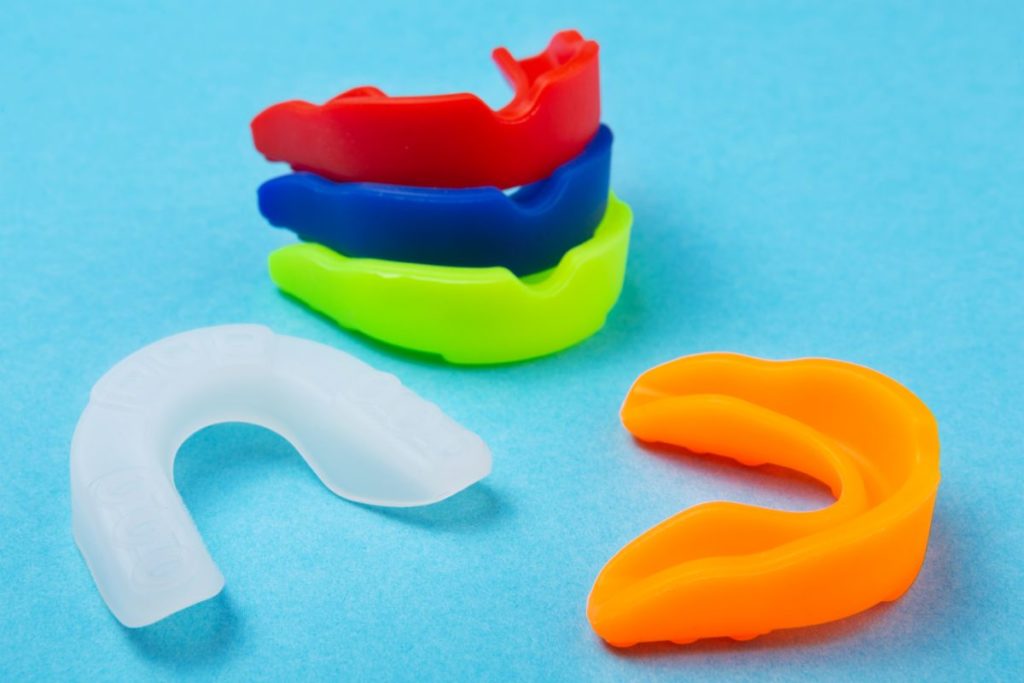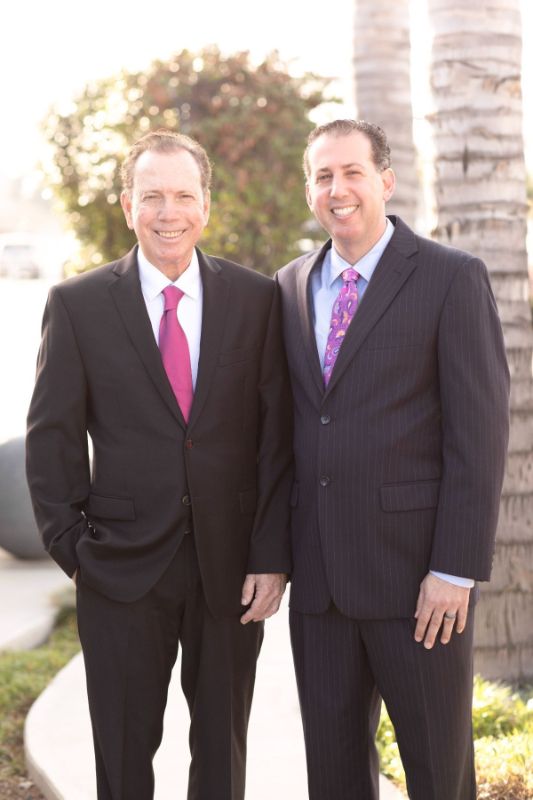Living with braces comes with a lot of new rules and practices. For our patients with active lifestyles, taking care of your braces might look a little different than it does for others. That’s because increased physical activity increases the risk of injury, and it’s important to do everything you can to protect yourself and your braces from harm. Luckily, Dr. Joel Brodsky and Dr. Charles Brodsky have put together the ultimate guide for sports safety with braces and how to handle orthodontic emergencies. Keep reading to learn more!
Sports Safety For Athletes With Braces
When you’re on the Brodsky Orthodontics team, you’re already on the right track to preventing orthodontic emergencies. We’ve got two important tips for protecting your oral health on the field.
Pick Your Treatment Plan
If you’re an athlete considering orthodontic treatment, talk with one of our doctors about your concerns so that our team can find the right treatment method for you. With several orthodontic options that work for patients of all ages, we can design a treatment plan that works for your individual needs.
Clear or Metal Braces
One of our most popular treatments is traditional braces. They come in metal and clear options to suit your specific needs and goals and work great for patients with moderate to severe orthodontic conditions. Our doctors at Brodsky Orthodontics highly recommend them, but don’t forget to get an orthodontic mouthguard, too!
Clear Aligners
As a removable treatment option, this series of custom-made clear aligner trays make straightening your smile a breeze. You can take them out for short lengths of time — meaning your games and practices will be ortho emergency-free! Plus, with Invisalign’s comfortable and discreet SmartTrack material, you’ll look and feel great on and off the field.
InBrace
It’s a wonder what modern technology can do! These braces are the perfect blend of discreet and effective, and they’re a great option for our athletic patients because they fit behind your teeth. Using a SmartWire, these braces guide your teeth in line like they’re on autopilot — but you’ll still need an orthodontic mouthguard.
Use a Mouthguard
One of the best ways to protect your teeth from orthodontic emergencies is simple: wear a mouthguard when practicing or playing sports. These oral appliances are designed to fit snugly over your teeth to keep your lips, gums, and jaw safe in case of contact. The best mouthguards are molded to fit your unique smile. There are three types of mouthguards on the market.
Sports mouthguards: This appliance is great for athletes who don’t have braces. Sports mouthguards are designed to prevent injury during sports, but they aren’t moldable, so they won’t fit tightly around your braces or keep your brackets in place.
Over-the-counter mouthguards: You can find this version at most grocery stores, but we don’t recommend them for sportswear. Because they’re typically used as night guards to help prevent tooth grinding, they aren’t meant for athletes.
Orthodontic mouthguards: All the pros use orthodontic mouthguards. They’re more durable, reliable, and practical than the alternatives and are well worth the investment. Our doctors recommend this version because we can create a more accurate mold that fits your teeth far better than over-the-counter or traditional sports mouthguards. The custom-made mold ensures your brackets remain in place even in rough situations.

Oral Injuries
Accidents happen! Whether or not you have braces, participating in sports comes with risks. When you add braces into the mix, you might end up with an oral injury. Mouth sores are especially uncomfortable because even minor cuts and scrapes along your cheeks, gumline, or tongue can be painful.
Sports injuries can break your brackets and wires, dig into the sides of your mouth, and cause bleeding. Worse injuries can result in shifting teeth that might require treatment from an oral surgeon. Fortunately, because there are so many blood vessels in your mouth, oral injuries typically heal faster than many other bodily injuries.
Orthodontic Emergencies
Oral injuries are unique; your mouth contains many blood vessels, which can cause a lot of bleeding. This is normal, but it can feel pretty alarming to a parent of an upset child or teen. The best thing you can do in an emergency, however, is to stay calm and assess the situation with clarity.
Damage to Soft Tissue
If your child or teen has soft tissue damage, it’s usually because their brackets got caught up in the soft parts of their mouths, like their lips or cheeks. Although there may be a lot of bleeding that makes this type of injury look worse than it is, soft tissue injuries are the mildest orthodontic emergencies — and the most common.
Assess the situation by gently pulling the brackets from the lips or cheek. Most soft tissue injuries heal on their own, but if the cut is big enough that the edges don’t meet, you may need to take your child to the emergency room or to see an oral surgeon for sutures.
Shifted, Broken, or Lost Teeth
Sometimes, sports injuries can cause your child’s teeth to shift along with their braces. While this may seem alarming, don’t panic. Acting quickly and calmly is the best way to save the tooth.
If one or more of your child’s teeth shift or fall out due to a sports-related injury, take them to the emergency room immediately. Then contact our office in Lakewood so that we can coordinate a way to fix your child’s orthodontic appliance, as well.

Brodsky Orthodontics Is On Your Team
At Brodsky Orthodontics, we believe that no one should have to sacrifice their favorite sport or hobby to achieve the beautiful, healthy smile they deserve. When it comes to caring for your braces as an athlete, we’re on your team.
If you’re considering getting braces, contact our office in Lakewood to schedule your free consultation today!